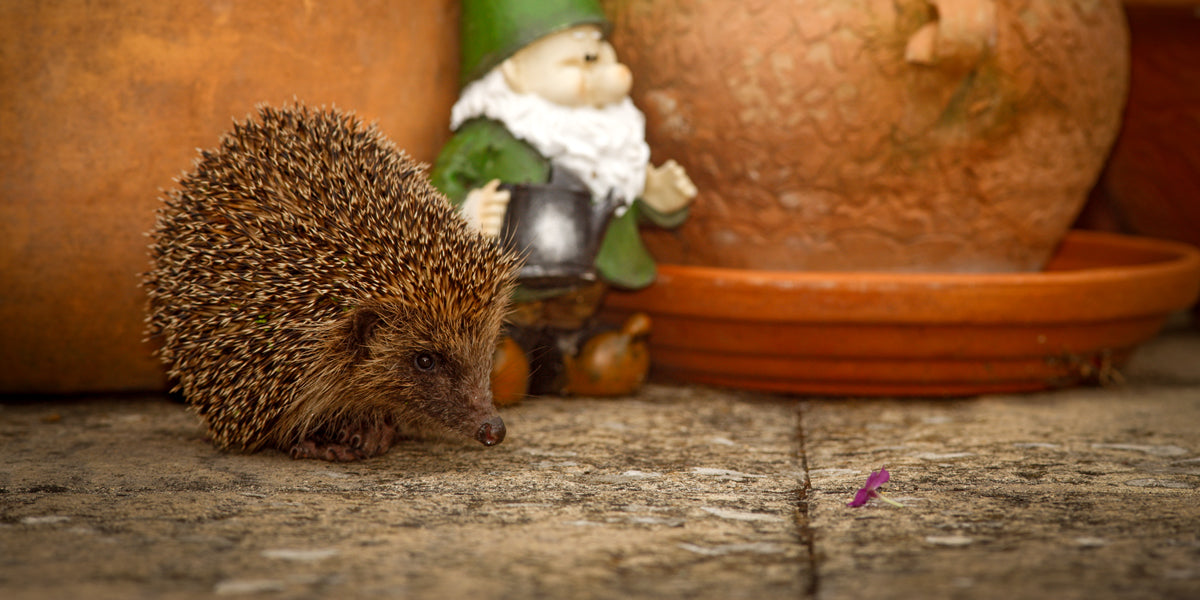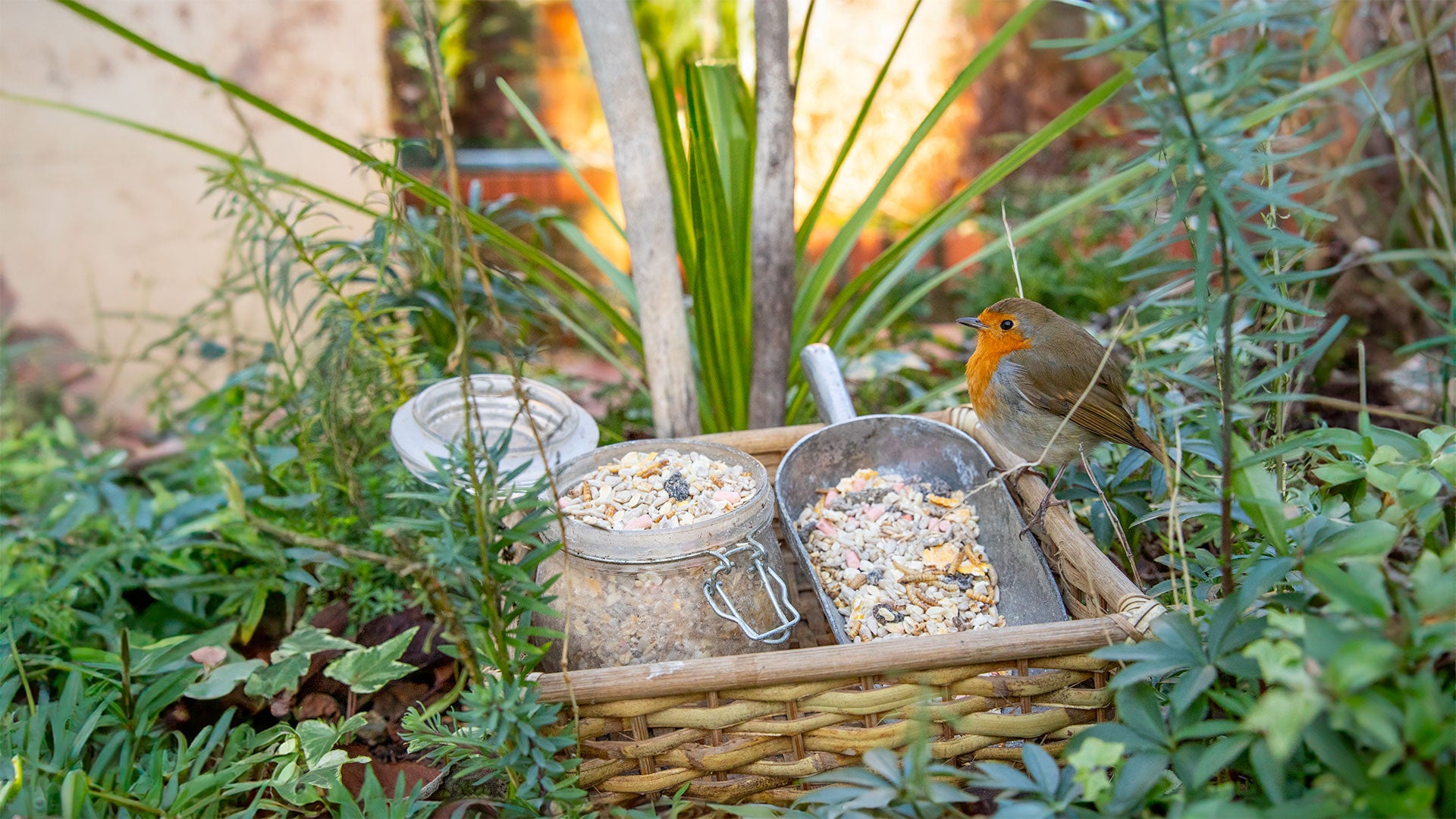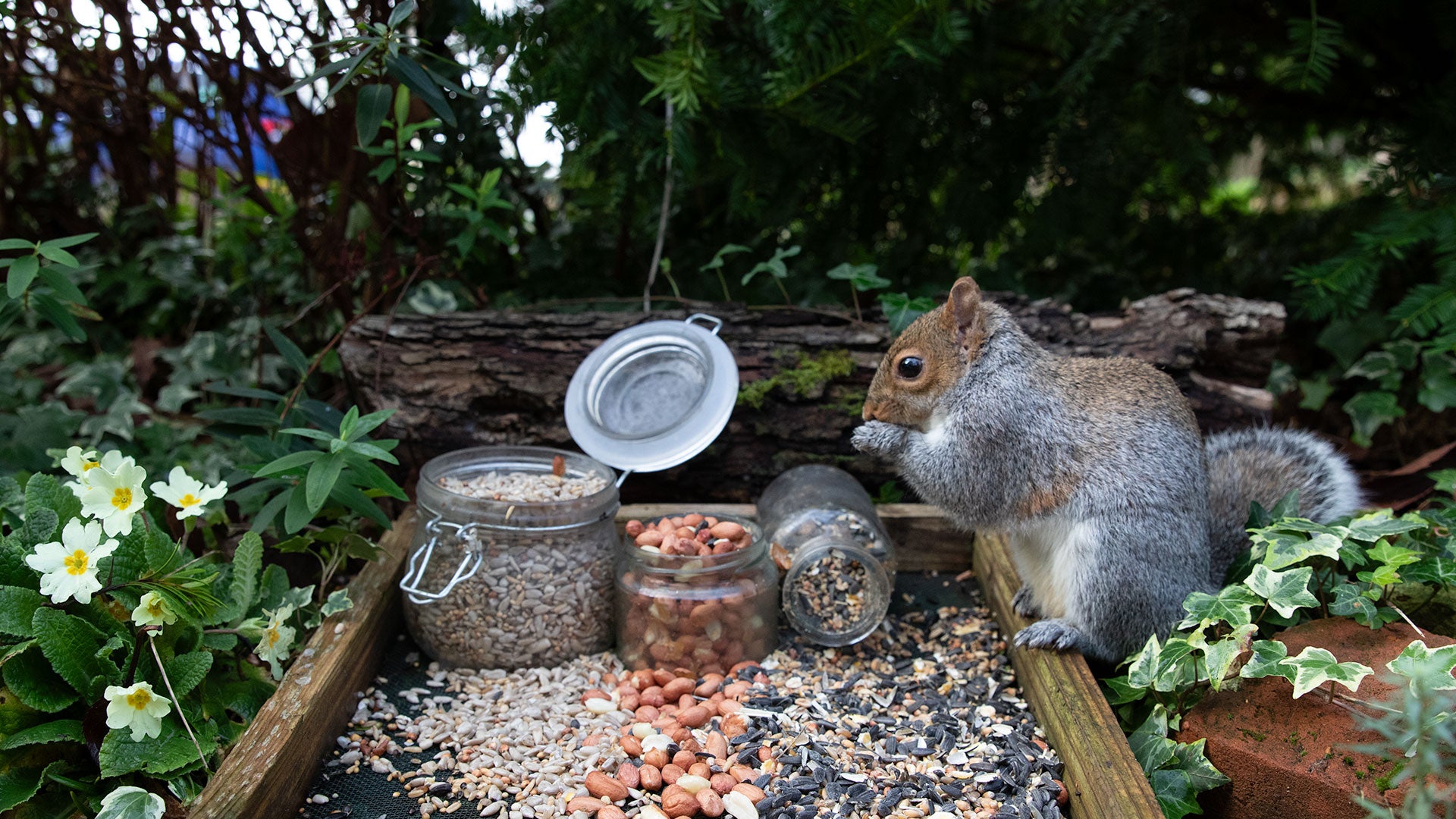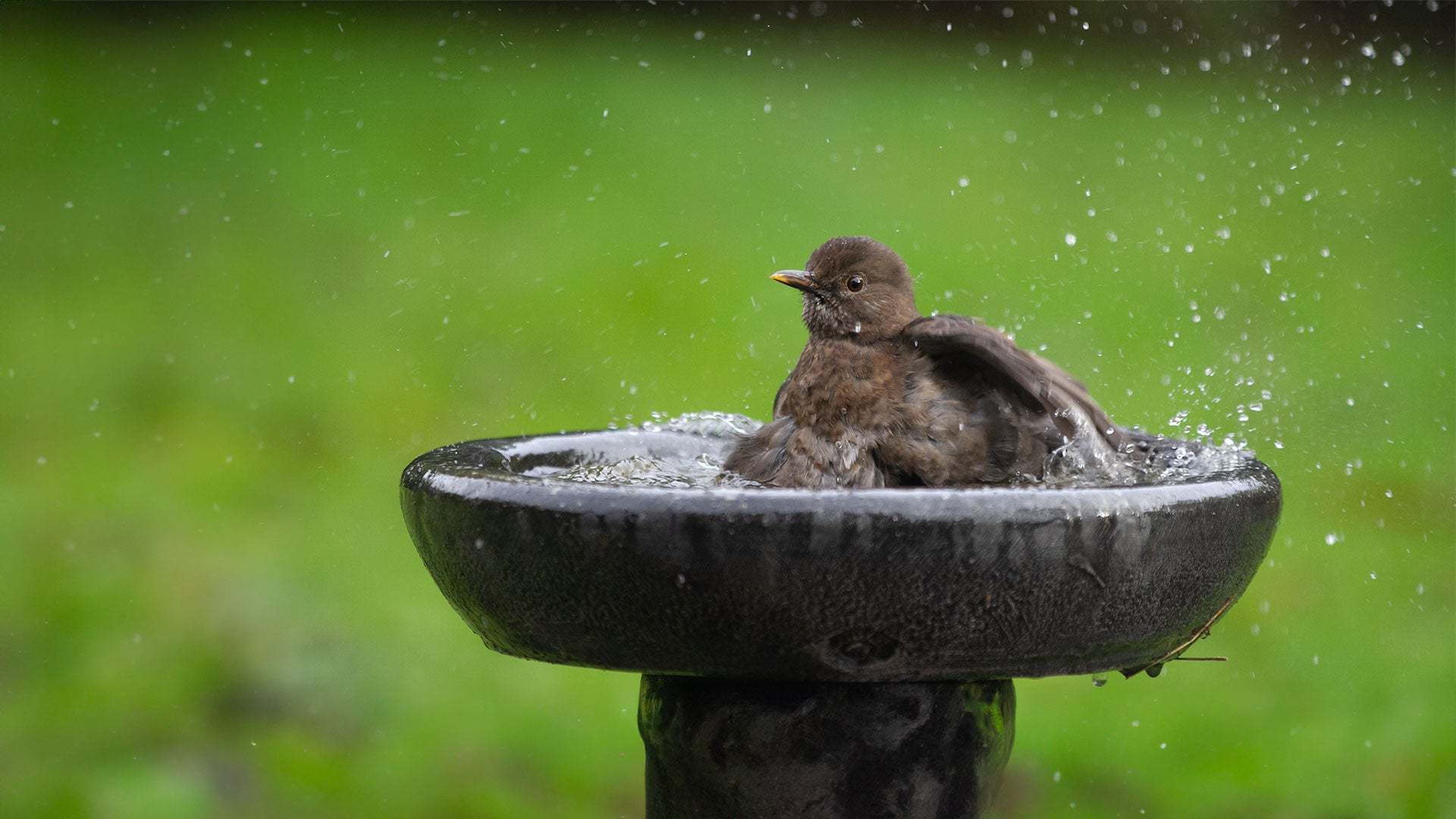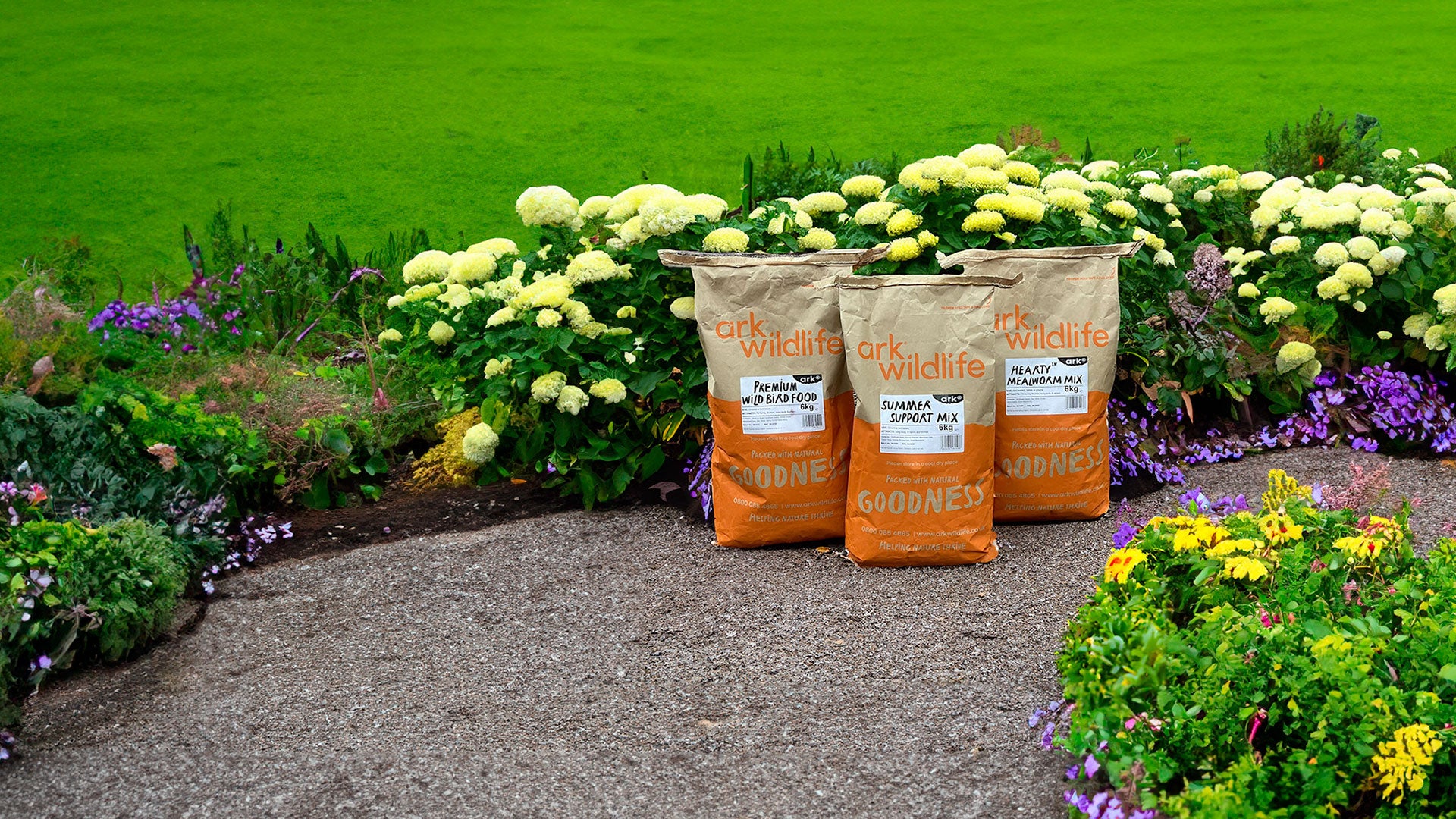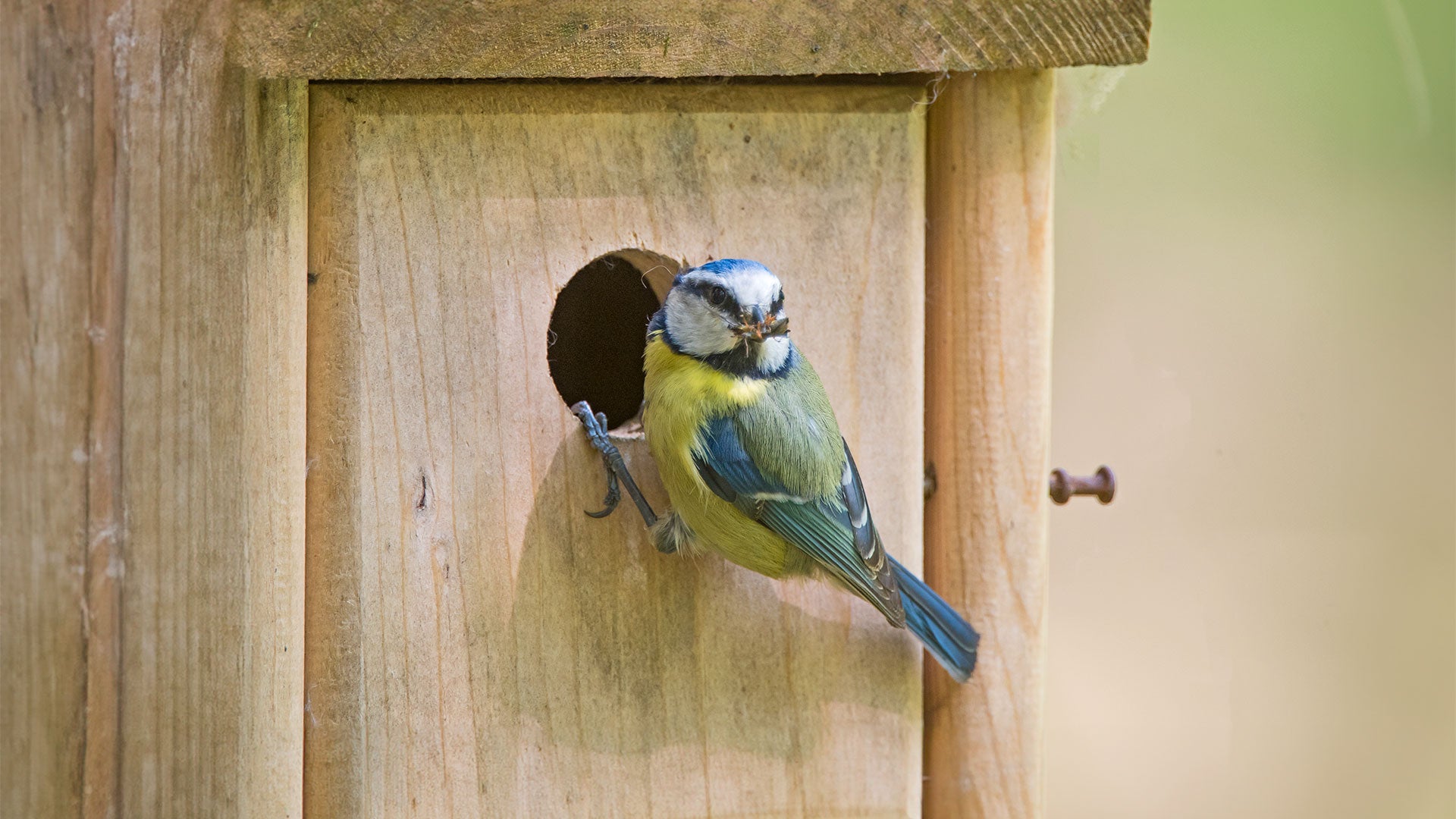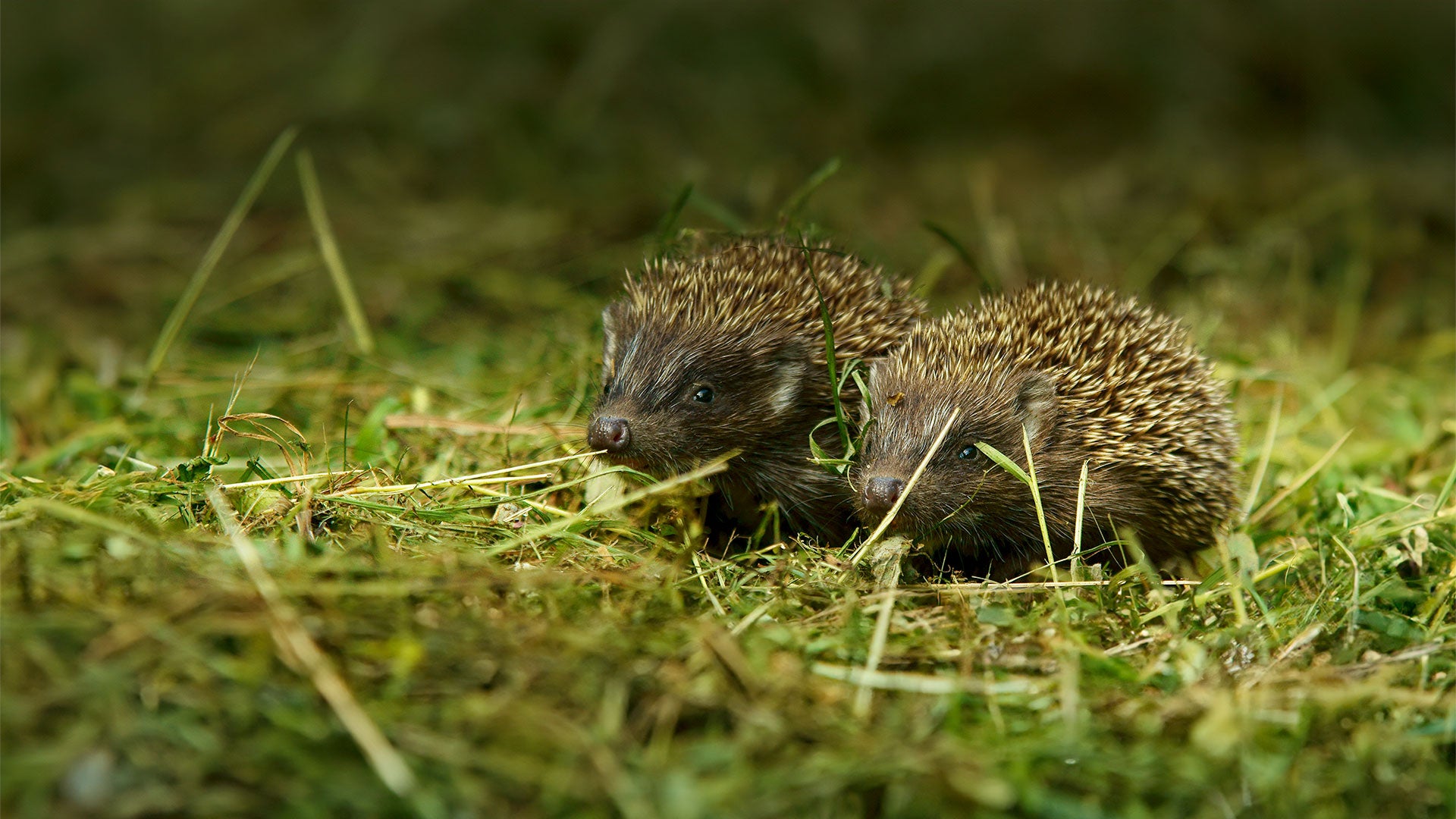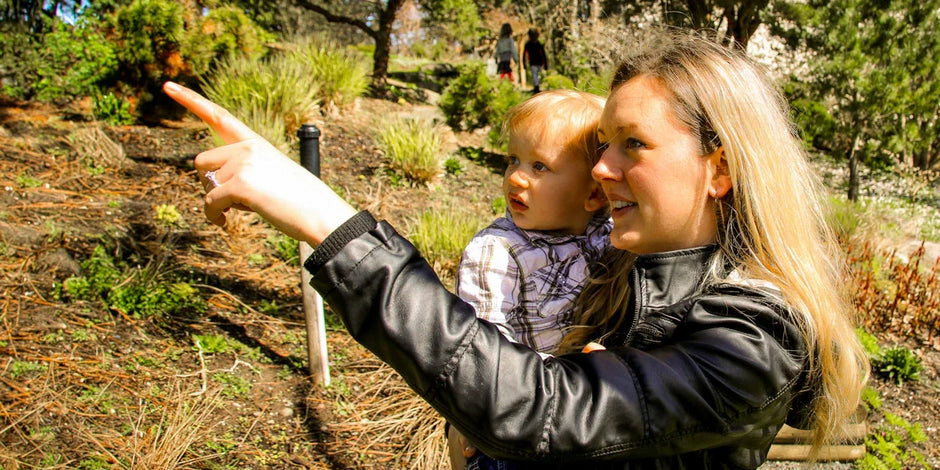Guest Blog - Author Bio
Kate Risely is the Garden BirdWatch Organiser at the British Trust for Ornithology, where she produces newsletters and articles about garden wildlife. She has a lifelong appreciation of natural history, with a particular interest in birds.
Gardens provide important space for our wildlife, but they could provide even more, according to preliminary results from Gardenwatch, the UK’s biggest-ever garden audit.
Gardenwatch was launched on BBC Springwatch in May 2019, and is a partnership between the British Trust for Ornithology(BTO), Springwatch and The Open University. Asking people for information on their garden features and wildlife across the country, the responses have given fascinating new information on how people help wildlife in their gardens, and where there is still more that can be done.
The report covers 31 different wildlife-friendly garden features and practices, from feeding badgers to leaving long grass to grow. A number of recommended practices are not as widespread as they could be, and some of these are things that people can start doing right away.
Right now the leaves are beginning to fall from trees across the UK, providing important food and cover for a myriad of invertebrate life and shelter for hedgehogs, however, according to the Gardenwatch results, over half of us remove the leaves from our gardens, in effect removing a resource that will help to underpin other wildlife. Worms feed on fallen leaves, pulling them into their underground tunnels. More leaves means more worms and more food for birds such as blackbirds and song thrushes.
Whilst leaves can provide cover for hedgehogs, as winter progresses the cover given by leaves becomes less effective as they naturally break down. At this stage we can help our hedgehogs by providing a hedgehog house but only 17% of people that took part in the survey do so. This is something we can all do and autumn is a great time to do it.
Autumn is a tough time for many of our insects, particularly those that are stocking up larders with nectar for their young to use during the winter months, or to sustain those insects such as red admiral and small tortoiseshell butterflies that hibernate through the coldest months. Right now ivy is flowering and is a key source of nectar. 83% of respondents said that they had climbers in their garden but there were fewer in northern England and Scotland.
Over two-thirds of people taking part have at least one nest box for birds in their gardens but only 6% have a bat box. We can help local bats by putting up a bat box, either under the eaves or in a nearby tree.
Kate Risely, Garden BirdWatch Organiser at the BTO, said “This is a fascinating look into the gardening practices of over 100,000 people. While many respondents are already doing fantastic things in their gardens for wildlife, we hope that this report will inspire people to do one more simple thing, such as create a log or rock pile or leave an area of long grass.”
These are just a few of the preliminary results from the survey; all of the maps and figures can be viewed on the BTO website. In future this information on wildlife-friendly practices will be linked to the results on garden wildlife from the other Gardenwatch ‘missions’ on birds, invertebrates and mammals, in order to help us understand how important these features really are for wildlife.
To view the preliminary report, please visit https://www.bto.org/gardenwatch-results
